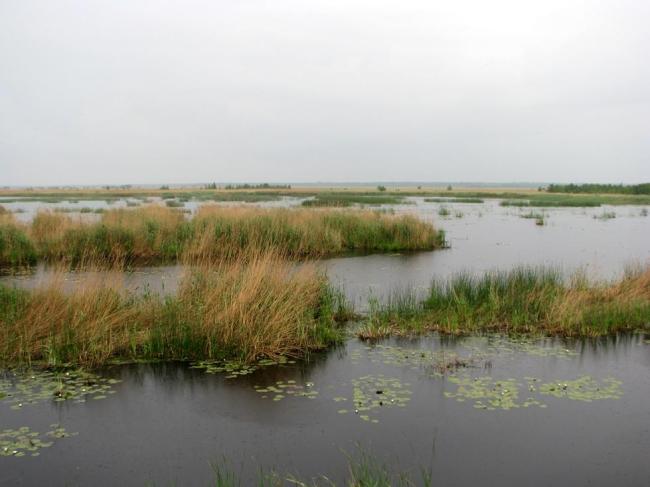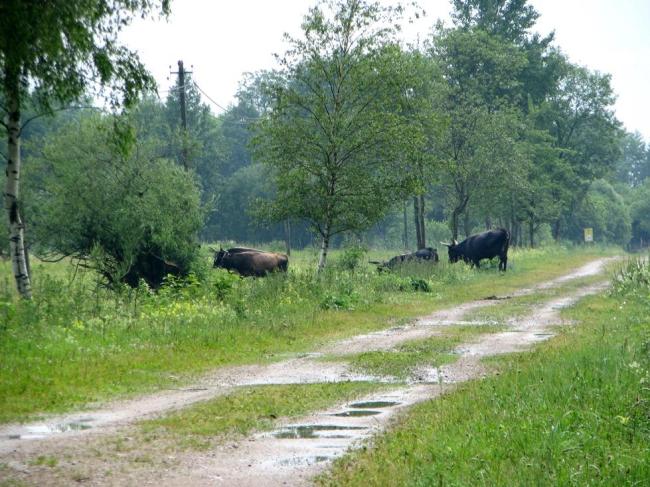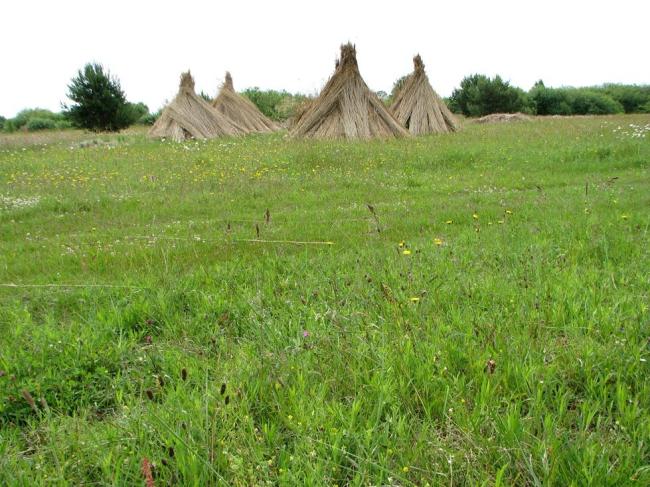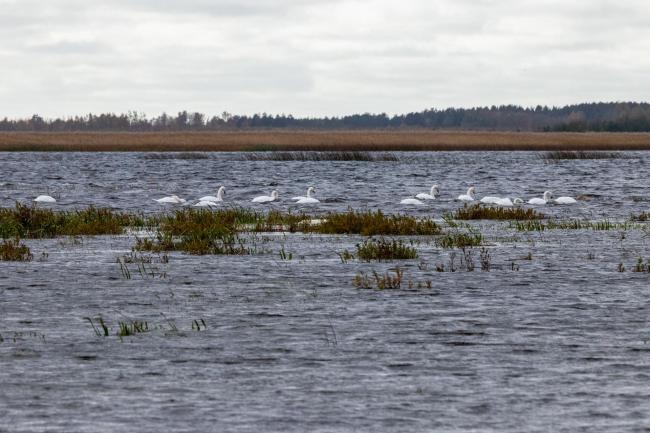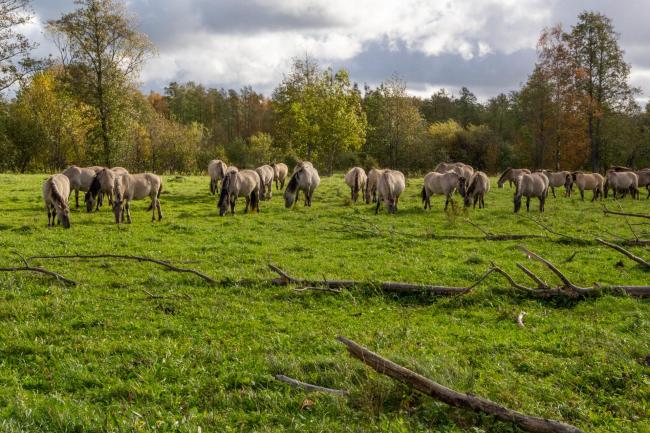Pape Wetland Complex
Pape Wetland Complex
- Country:
- Latvia
- Site number:
- 1386
- Area:
- 51,777.0 ha
- Designation date:
- 27-03-2003
- Coordinates:
- 56°09'59"N 20°55'04"E
Carousel
CarouselMaterials presented on this website, particularly maps and territorial information, are as-is and as-available based on available data and do not imply the expression of any opinion whatsoever on the part of the Secretariat of the Ramsar Convention concerning the legal status of any country, territory, city or area, or of its authorities, or concerning the delimitation of its frontiers or boundaries.
Situated on the coast of Latvia next to the southern border with Lithuania, the Lake Pape area concentrates a diversity of ecosystems in a relatively small area, including coastal lagoons, oligo-mesotrophic waters, natural eutrophic lakes, coastal dunes and raised bogs. The area is an internationally significant breeding, migrating and wintering site for birds and includes Important Bird and Biodiversity Areas (IBAs). The narrow strip of land between Lake Pape and the sea is a major “bottleneck” for migratory birds such as the taiga bean goose Anser fabalis and supports thousands of bats, notably the pond bat Myotis dasycneme. The Site is important for other species considered as vulnerable or endangered within European Union frameworks, such as the Eurasian lynx Lynx lynx, the Eurasian beaver Castor fiber, the Eurasian otter Lutra lutra and the European river lamprey Lampetra fluviatilis, and also includes habitats of EU-wide importance. Human activities include recreation and tourism, fishing and reed cutting, and educational activities. Factors adversely affecting the Site include the overgrowing of reeds, eutrophication of the lake, and poorly regulated tourist uses of the area, which place particular pressure on the coastal dune ecosystem.
- marine protected area - Nida-Perkone
- nature park - Pape
- EU Natura 2000
- LV1386RIS_2506_en.pdf
- LV1386RISformer_141127.pdf
